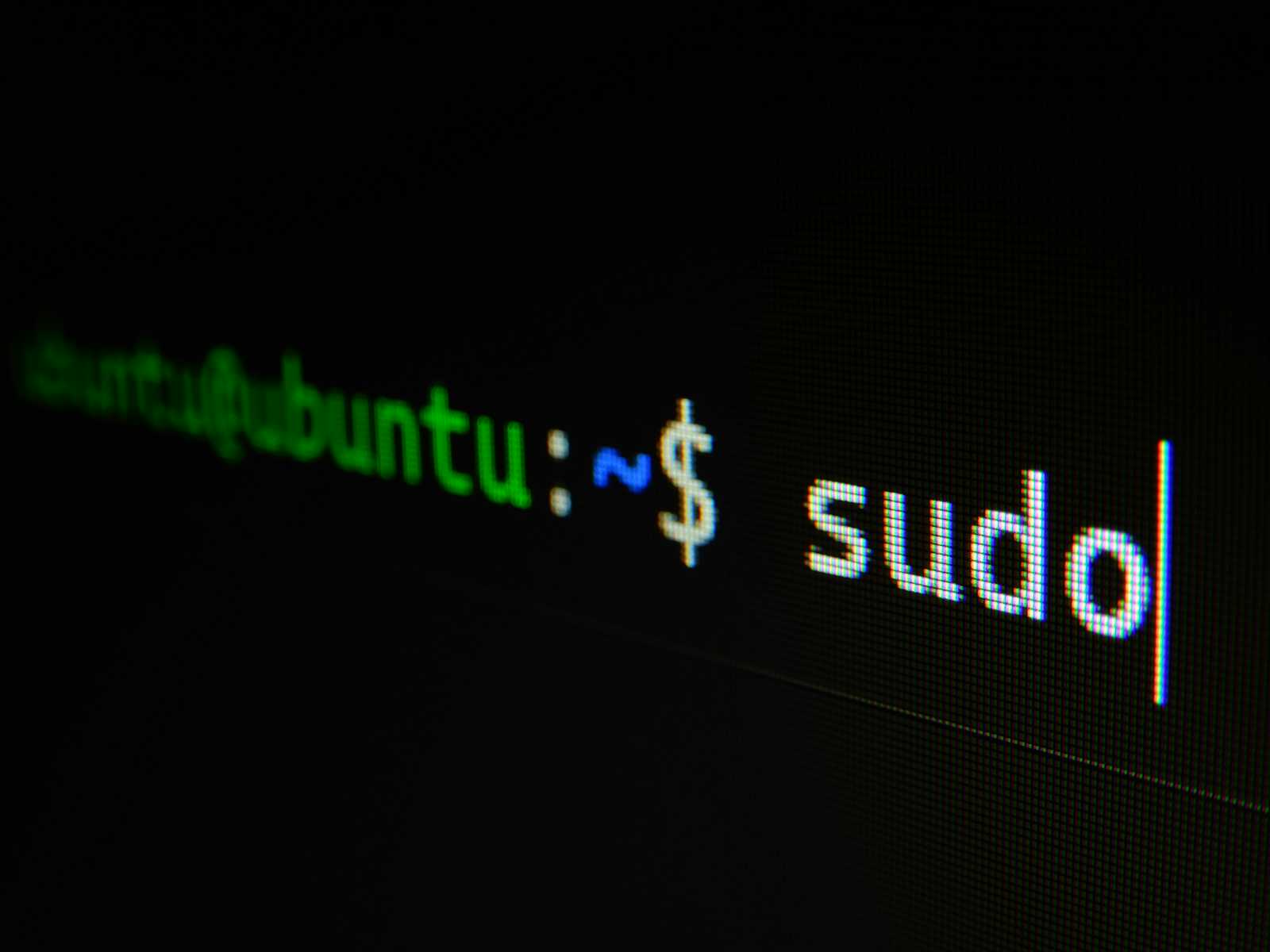Command Line Interface (CLI)
 P PRAKASH
P PRAKASH
Why CLI ?
Before knowing what is CLI, one should know why CLI is used and it's significance. To get our work done we need to communicate with system, for example to create ten files in a folder we right click and create a new folder which is one way of doing, but not the efficient way. What is there is a command that can create number of files in the desired folder? Yes! that's where CLI comes into picture.
CLI is an interface where user inputs human readable commands which are processed by shell and shell sends the information to kernal in system readable formate where kernal processes the data and connects with hardware to complete the work.
Most useful commands a developer should know.
man
man command displays the manual for purticular command that you desired to know about.
Syntax :
man [command]example :
man man--> gives the manual for man commandcd
Changes the present working directory to the specified directory.
Syntax : cd [destination directory path]
examples :
cd .--> changes to current directory (no change)cd ..--> changes to parent directorycd ~--> changes to home direcotrycd ---> changes to previously working directorycd ~/Desktop--> changes to desktopmkdir
Creates a new directory
Syntax
mkdir [directory name]example :
mkdir newDirectory--> creates new directory in the current foldermkdir ~/Desktop/newDirectory/newestDirectory--> creates newestDirectory if newDirectory exists.mkdir -p ~/Desktop/newDirectory/newestDirectory--> It creates the whole path including newDirectory if not existedmv
mv command is used for both renaming a file or folder and moving content of a file or a folder.
Syntax : mv
oldName newName--> changes the name of file or folder to newNamemv
currentPath TargetPath--> moves the file or folder in current location to target locationcp
cp command is used to copy content of one file into another file, also used to copy multiple files into target directory.
Syntax : cp file1 file2 --> copies content of file1 into fil2
cp file1 file2 file3 targetDirectory-->copied all files file{1..3} into targetDirectoryls
ls command lists all the files and directories in the current directory
syntax :
ls -[option]example
ls--> lists all files and folders in current directoryls -l--> gives the long list of files and foldersls -a--> gives all hidden (.files)pwd
displays the Present Working Directory
Syntax :
pwdrm
rm command is used to remove the file or folder.
Syntax :
rm filePath--> removes the file in filePathchmod and chown
chmod
chomd is used to modify the permission of file or directory.
Syntax : chmod [permission] [file/folder] --> changes the permission of file/folder
Illustrations :
chmod u+rw,g-w,o+x [file/folder]u --> user; g-->group,o-->other
r-->read(4); w-->write(2); x--> execute(1)
the above command gives the user read and write permissions and removes write permission to group and allows others to execute. The above command can also be written like this in binary format
chmod 651 [file/folder]
chown
chown is used to change the owner of the file or directory.
Syntax : chown NewOwner filePath -->changes the owen of the file in filePath to NewOwner
touch
touch command is used to create file and aslo update the last modified time of file to the present time.
Syntax :
touch NewFile--> creates the filetouch ExistingFile--> Updates the last modified time.cat
cat command is used to modify the file content, also used to display the content of the file.
Syntax :
cat file.txt--> displays the content of file.txtcat > file.txt--> rewrites the content of filr.txtcat >> file.txt--> appends new content to the end of file.txttail and head
tail
Displays the last 10 lines of content
Syntax : tail file --> displays the last 10 lines of content
tail -15 file --> displays the last 15 lines of content
head
Displays the first 10 lines of the content
Syntax : head file --> displays the first 10 lines of content
head -9 file --> displays the first 9 lines of content
pipe
pipe is a special command used to pass the output of one command to input to another command. Represented by command '|'
Syntax :
command1 | command2--> output of command1 is given to command2example :
ls -l | head -5--> displays the first 5 lines of long list of current foldergrep
grep command is used to search a pattern or text
Syntax :
grep [Pattern] file--> searches for patter in fileexample :
grep Hello file.txt--> returns every line of file.txt having Hellofind
find command is used to find the files by name of the file (-name) by type (-f for file and -d for directories) aswell as by size (-size +-n{K/M})
Syntax :
find [option] fileexample
find -name file.txt -size -200K--> searches for file having name file.txt and having size less than 200kb.nano
nano command is used to edit the file content in nano editor
Syntax :
nano fileName--> opens a file editor called nano enabling to edit the content of the file.
Subscribe to my newsletter
Read articles from P PRAKASH directly inside your inbox. Subscribe to the newsletter, and don't miss out.
Written by
